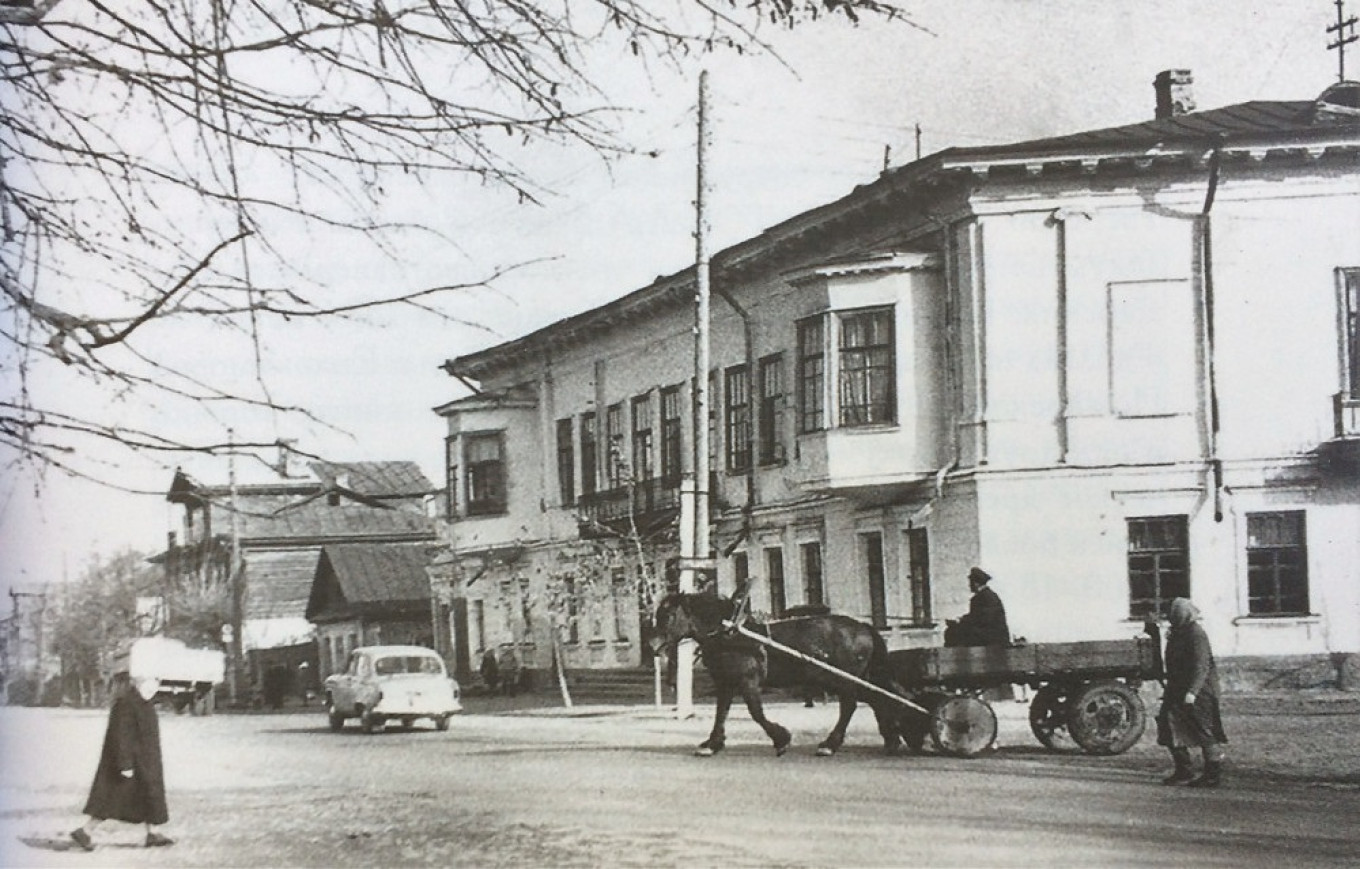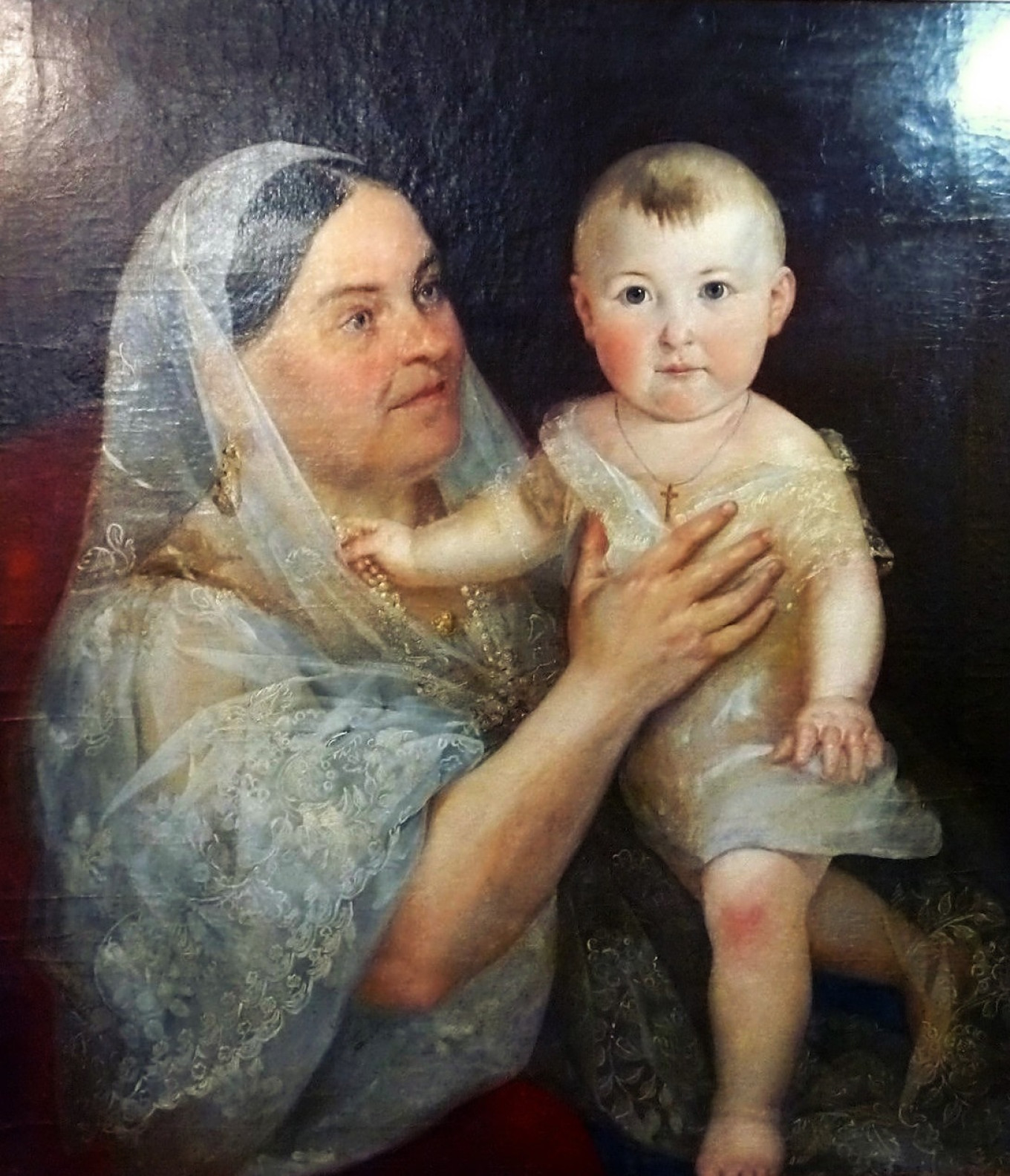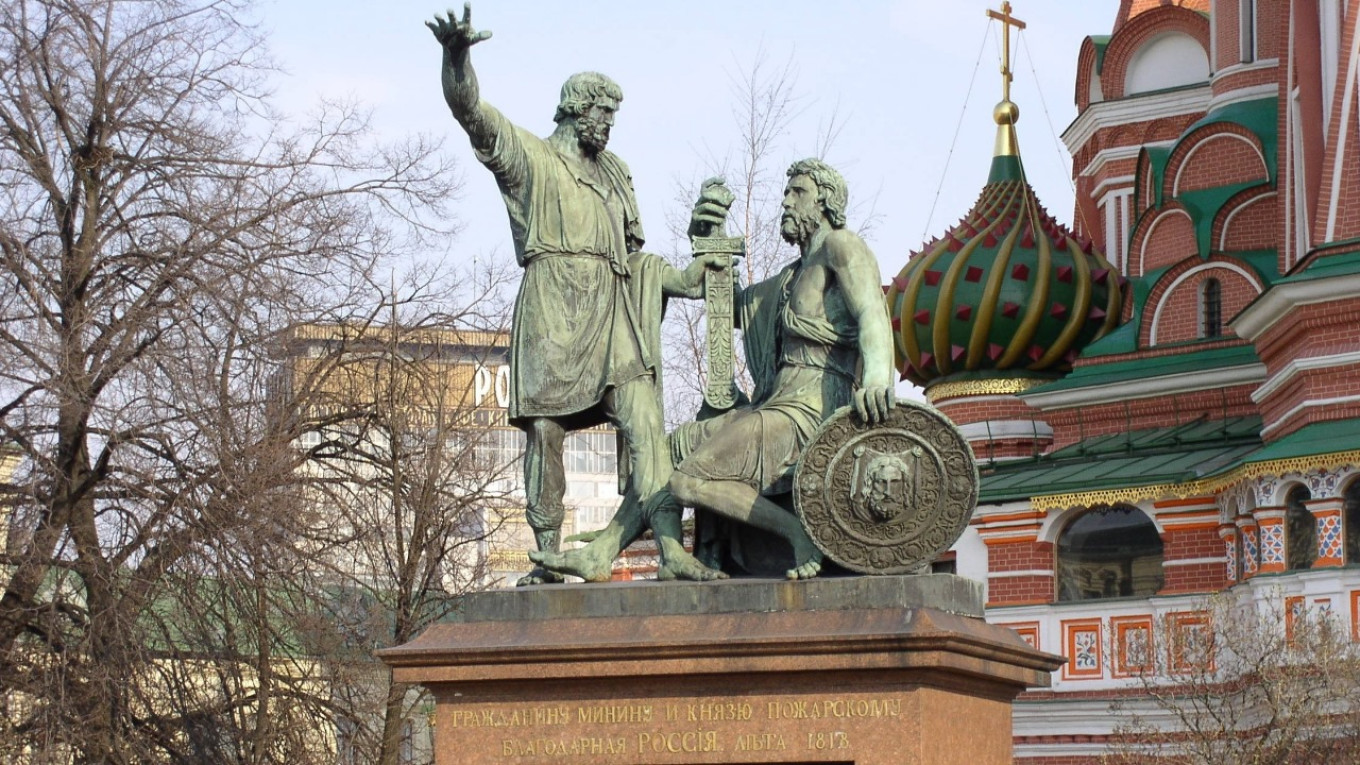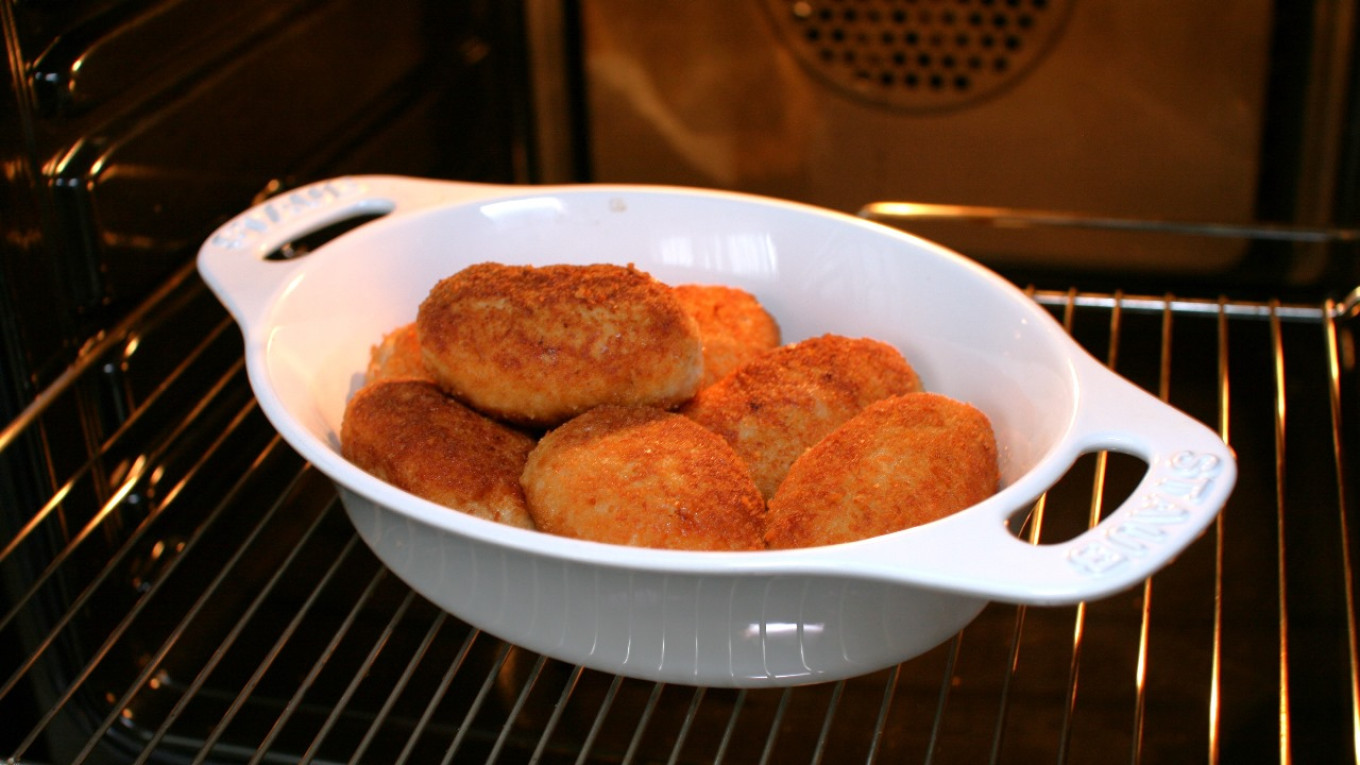Pozharsky cutlets… crispy outside, succulent inside, always served straight from the stove and never reheated… These minced meat patties take themselves seriously — and diners should take them seriously, too.
It’s hard to believe, but these cutlets were first invented and served by Yevdokim Pozharsky, an ordinary innkeeper in the small Russian town of Torzhok. Why did the tiny town of Torzhok suddenly find itself at the center of this story? The reason is simple. In the 19th century it was a way station in between St. Petersburg and Moscow where travelers dined, slept and changed horses. Everyone from generals, diplomats and merchants to poets stayed at the hotel.
In 1826 the poet Alexander Pushkin wrote a letter to his friend Sergei Sobolevsky with a culinary suggestion: “When you have a chance, dine at Pozharsky’s in Torzhok, have the cutlets and go lightly on your way.” The minced veal cutlets served in Pozharsky’s inn rightfully won popularity among the many travelers from St. Petersburg to Moscow.
But nothing remains the same. Yevdokim Pozharsky passed away, the inn was taken over by his wife, and his daughter Daria became the manager. Public tastes were also changing. European traditions were gradually winning over Russian gourmets. That’s when Daria decided to improve on her father’s recipe, replacing veal with chicken. Perhaps French cutlets à la maréchale were her inspiration.

We tried to determine when the inn switched from beef to chicken. We know that the first Pozharsky cutlets were beef — veal, to be exact. We found confirmation from the Scottish writer Leitch Ritchie. “In Torzhok I had the pleasure of eating veal cutlets, the most delicious in Europe,” he wrote in Heath’s Picturesque Annual for 1836.
In 1843 Charles-Victor Prévot, Vicomte d’Arlincourt, published a book of memoirs in Paris. He shared his impressions of his trip to Russia, which included a visit to Torzhok. There he was hospitably welcomed by the hostess of the hotel “Madame Pojarsky.” Speaking in the most excellent terms about her establishment, the traveler noted a new dish — cotelette Pojarsky — made of veal.
A few months later chicken makes its appearance in Torzhak. It’s mentioned in Mikhail Zhdanov’s “Travel Notes on Russia” published in St. Petersburg in 1843.

The famous French poet and critic Théophile Gautier in his book “Voyage en Russie” (published in 1867, but written on the basis of a trip to Russia in 1858) noted: “In England they eat salmon cutlets, in Russia they eat chicken cutlets. This dish has become fashionable since Emperor Nicholas tried it at an inn near Torzhok and found it delicious.” So by 1858 the chicken cutlets were already being served. But what is that story about the tsar Gautier mentions?
It turns out that a happy twist of fate helped Daria Pozharskaya. In the 1840s, Emperor Nikolai I passed through Torzhok. It was late fall; the weather was rainy and dank. Daria saw several expensive carriages stop at the entrance and jumped out to greet the guests. She stopped dead in her tracks when she saw the Emperor through the open door. Without a moment’s hesitation, she tore off her sable coat and threw it on the mud at the Tsar’s feet so he would not dirty his boots.
That gesture certainly made an impression! Nikolai stopped at the hotel, had lunch, and tried these new cutlets. And a few days later, an officer of the General Staff arrived in Torzhok and insisted that Daria to come to the Winter Palace in St. Petersburg. There in the palace kitchen she revealed the secret of her cutlets.

Pozharskaya was an intelligent and clever woman. From then on she was a frequent guest at the Winter Palace. On the day that one of Prince Volkonsky’s sons was being baptized, Pozharskaya brought the child to the Empress. The Empress wished to have a portrait of her godson in Pozharskaya’s arms. The picture was painted by the artist Neff, and Daria received a copy of it.
And what about the cutlets? They were the public’s favorites and became part of Russian cuisine. The recipe was first published in 1853 by the celerbated gastronome Ignatius Radetsky. And since then they have been on the menus of many restaurants.
But the popularity of this dish in the USSR was not because they were delicious, but for reasons totally unrelated to cooking. Thanks to a curious coincidence, this dish survived all the revolutions, wars and crises of the past two centuries.
In Soviet history, these cutlets took on a life of their own. A rumor began to circulate — and was not corrected by the authorities — that the Torzhok cutlets were connected with Prince Dmitry Pozharsky, who in 1612 mustered a people’s militia to fight against the Polish invaders. Over time the prince turned into a sort of patriotic icon.
Prince Pozharsky truly did play an enormous role in the struggle for the independence of the Moscow state. But most importantly, he turned out to be a very convenient figure for communist propaganda, because he relied on his comrade-in-arms, a man of the people, the commoner Kuzma Minin. The two of them are memorialized on a monument on Red Square that symbolizes the unity of the rulers and the people.

Maybe it is thanks to this accidental fame that the Pozharsky cutlets were not forgotten like hundreds of other dishes from the old Russian cuisine. To the contrary, they were celebrated in the Soviet Union. But to be fair, they were not served in simple canteens. This dish was for restaurants serving some version of haute cuisine. Fair enough. You don’t just shove chicken fillets through a meat grinder to make them. All the subtleties of preparation are important.
There was another reason why the dish was not served in run-of-the-mill factory canteens and street cafes. All meat minced meat cutlets (meatballs, patties) are made with some bread, but the amount depended on the conscience of the cook. In ordinary Soviet minced meat cutlets the weight of bread crumbs was sometimes much higher than the meat content. But this trick did not work with Pozharsky cutlets. The amount of bread (crustless white bread) was strictly measured. And cooks couldn’t add more to replace the chicken without ruining them altogether.
Pozharsky Chicken Cutlets
For 10 cutlets:
Ingredients
- 800 g (1 ¾ lb) chicken (white and dark meat)
- 200 g (7 oz) stale white bread without crusts
- 200 ml (5/6 c) cold 20% cream (“light cream”)
- 150 g (1 ¼ sticks or 10.5 Tbsp) frozen butter
- 15 g (1.5 tsp) salt
- Coarsely ground breadcrumbs, preferably homemade (see below)
- Clarified butter for frying
Ingredients
- Soak bread in cream and then lightly squeeze out the excess.
- Cut chicken meat (without skin) into 2×2 cm (1 inch) cubes and pass twice through a meat grinder: the first time without bread, the second time together with bread.
- Salt the minced meat and bread. Grate the frozen butter on a coarse grater in batches and use a fork to mix each batch into the minced chicken and bread. When complete, put the mixture the refrigerator for one hour.
- Heat the oven to 170°C /340°F.
- While the mixture is in the refrigerator, grind the bread in a blender and dry in the oven until golden brown.
- Form oval cutlets with wet hands and coat in breadcrumbs.

- Heat clarified butter in a frying pan and sauté the cutlets for 2-3 minutes on each side. There should be plenty of butter for frying — about 1/3 up the side of the cutlets.
- Transfer the cutlets to a baking dish and place in the oven for 15 minutes.






